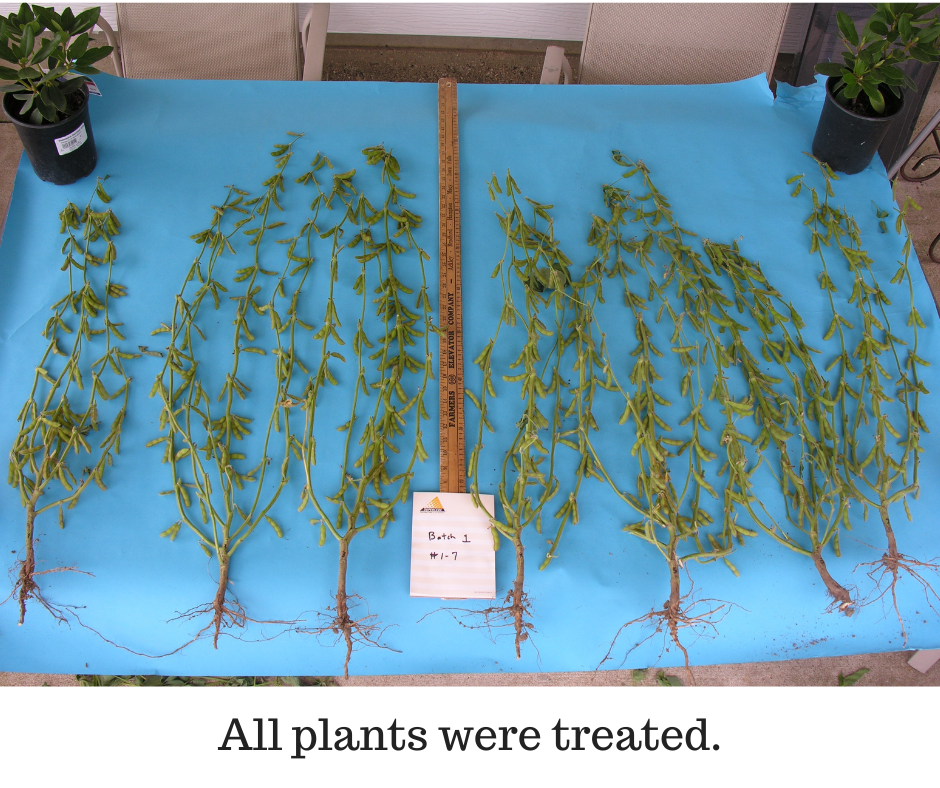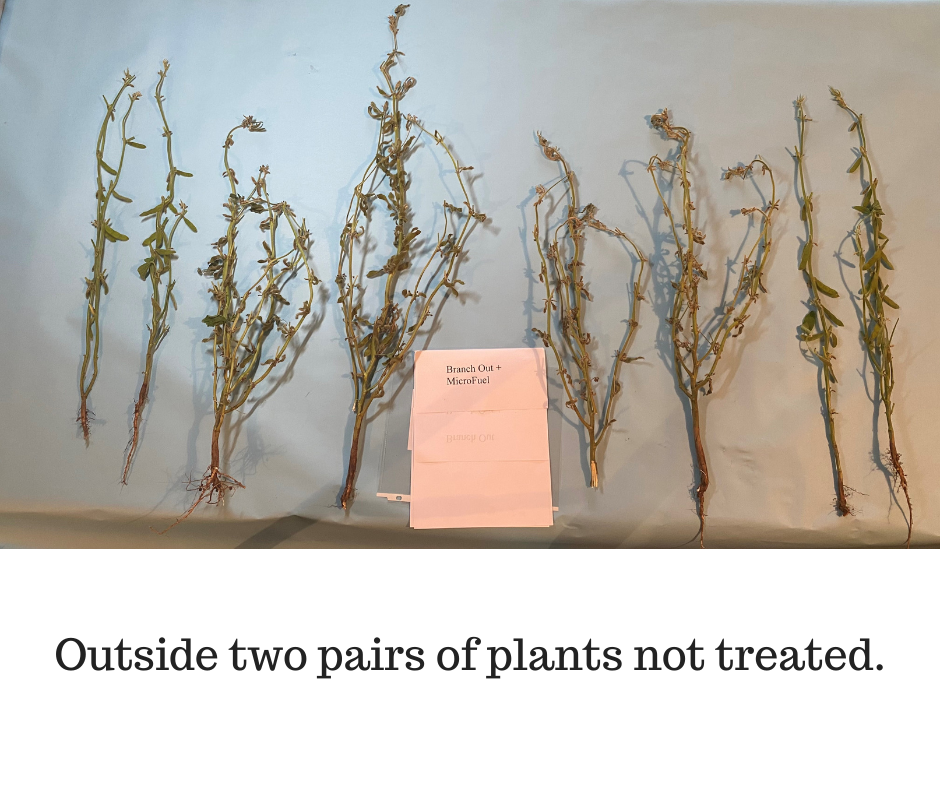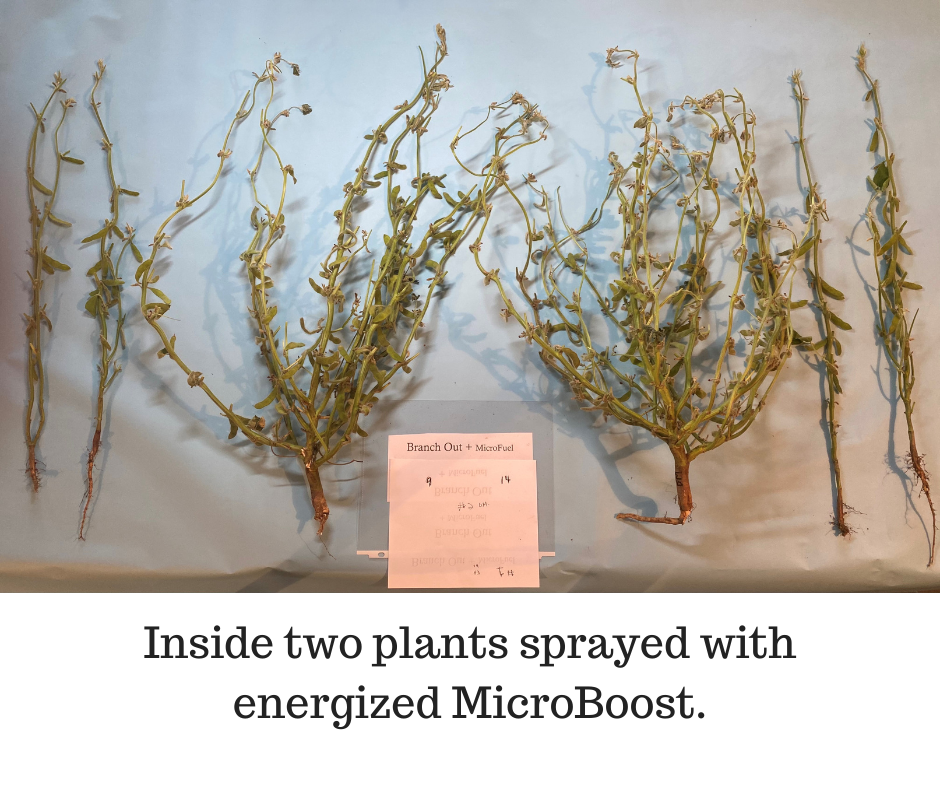What are they and why are they here? How do they function on or with plants? Are they a silver bullet or another tool that can help produce higher SB yields?
Back in the early 2000s a number of us agronomists and farmers were following the corn and soybean high yield pioneers who were unlocking the secrets to higher corn and soybean yields. We recognized that soybean yields seem to have plateaued for most growers. What were producers like Ray Rawson and Kip Cullers doing to produced their ultra-high bean yields? We had lots of questions but few answers, and we did not know who to ask.
Dr. Gary Stacey, a director of the USDA Soybean Research Center at the Univ of Missouri visited the ISU campus to present his latest findings on SB nodulation. He was a wealth of information. Dan Muff and I followed up by visiting him at his office in Columbia to learn more. He mentioned Dr. Joe Polacco, a biochemist on campus, who had accidentally discovered a bacterium which stimulated additional branching on SB plants. In the course of discovery, he found that these bacteria had long inhabited the leaf surfaces of many plant species. Their roles were still being discovered by researchers across the globe. They affected the taste of strawberries, imparted drought tolerance in several plant species, sugar production in cane, increased seed germination in many crops and produced the cytokine hormones which increased branch number in soybean plants. This ability was not the silver bullet to high yields, but we knew that increasing the branch number on beans let farmers manipulate plant architecture and compensate for any planting delays where the podded node count on the main stem was lower than desired. Other foliar products could then be applied to manipulate plant physiology and supply critical nutrients during the heavy pod fill period from R3 thru R6.
It is only in recent years that we see bean varieties being partially selected for their branching ability. Only Mark’s Seed had used this criteria. With the use of ‘Branch Out’ a person can capitalize on increasing his or her branch number on a high % of their plants. It will make 20” or 30” rowed beans look like they were solid seeded, while permitting greater air flow thru the canopy decreasing the incidence of foliar diseases and white mold. The photos we took of the treated plants showed 3 to 5 additional branches on most plants. When applied with MicroBoost (formerly named MicroFuel), an energized, varying length, carbon chain sugar mixes we often seeing 6 to 8 or even more branches. This seems to vary with varieties. Those possessing the ability to form racemes should have an even higher yield potential.
As an added benefit these cytokine enhanced plants stay shorter with enhanced rooting. This permits late foliar applications to increase bean size and final yields. The task for the grower then is to supply late season minerals to help fill the additional pods. Kip’s seed size was 1,900 per lb. With dry soils there may not be sufficient nutrient release to meet those seed fill needs. There also may not be enough capacity to transport photosynthates up the stems. Applying the minerals to the leaves and meeting criteria as to pH, correct stage of growth, < than 85 F and choosing the best minerals and best chelators are crucial for success.





